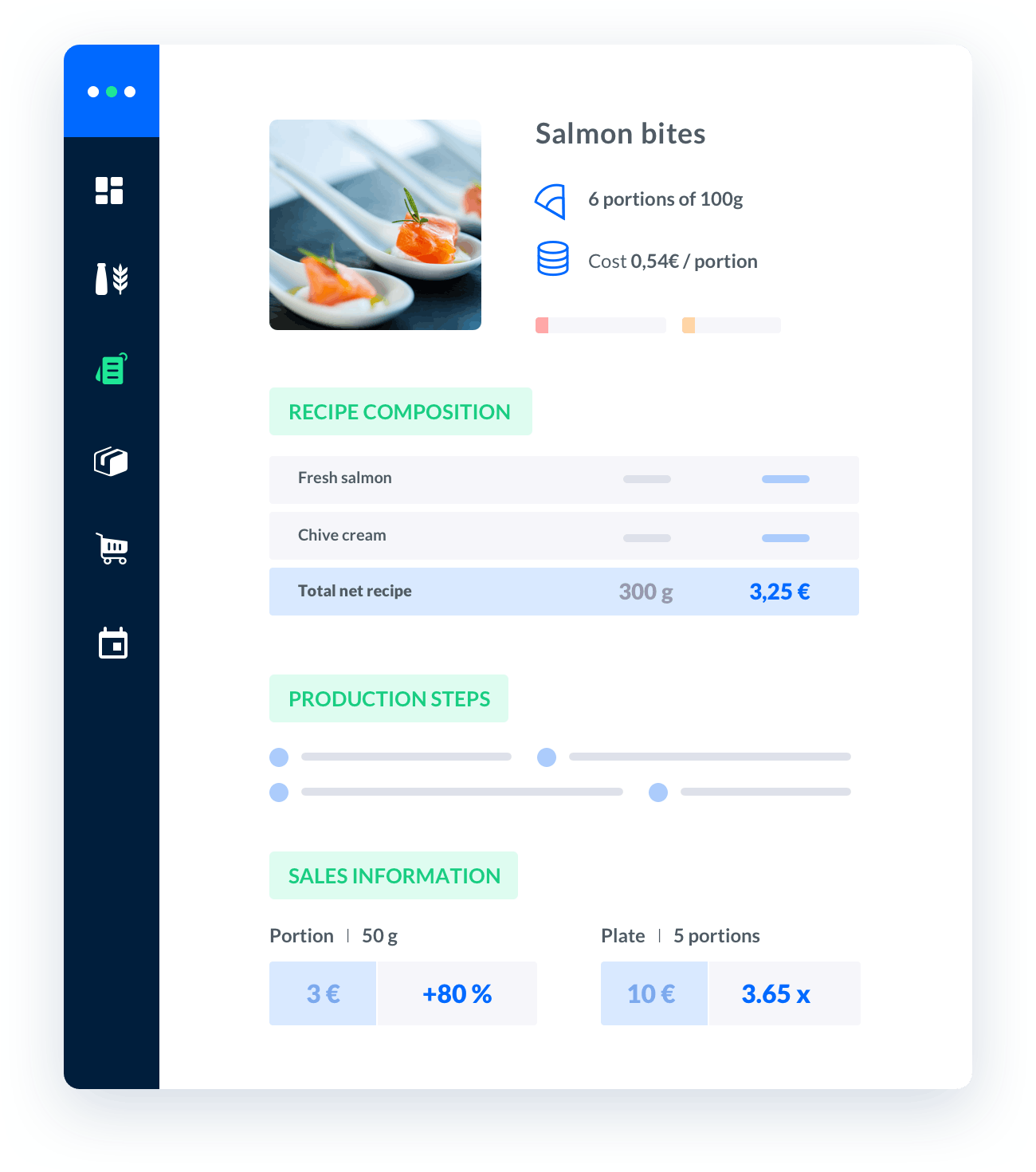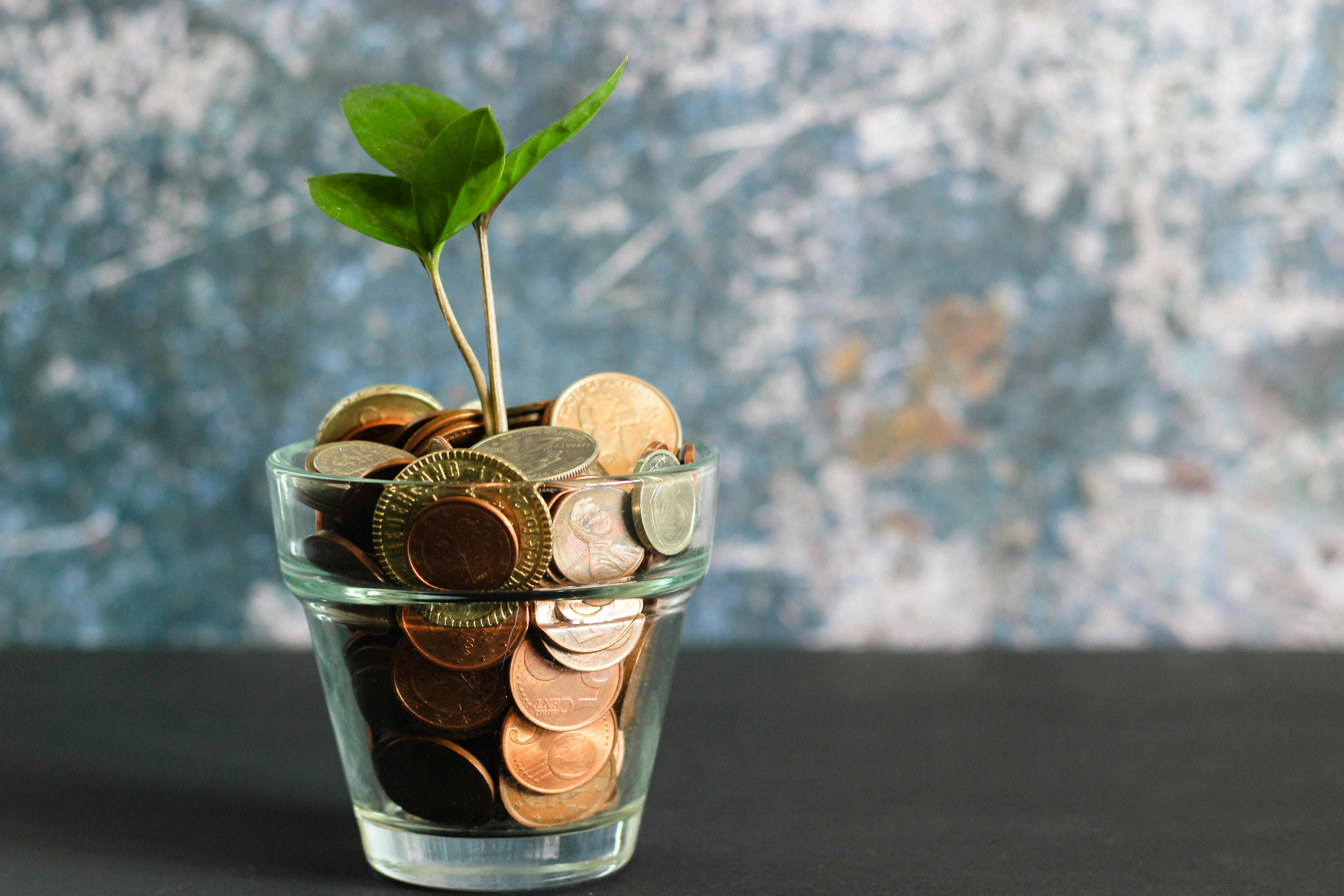cooking yield calculator
Cooking Yield CalculatorIn the culinary world, precise measurements and calculations are essential for ensuring consistent results and efficient operations.One of the key calculations that professional chefs and cooks often encounter is determining the cooking yield.

Melba: the food cost app to optimize the profitability of your restaurant
Discover how to optimize the profitability of your restaurant with melba

The ultimate guide to food cost restaurant
Learn more about the food cost basis and how to reduce your food cost percentage
Cooking Yield Calculator
In the culinary world, precise measurements and calculations are essential for ensuring consistent results and efficient operations. One of the key calculations that professional chefs and cooks often encounter is determining the cooking yield. Cooking yield refers to the amount of food obtained after cooking, taking into account factors such as moisture loss, shrinkage, and waste.
Understanding Cooking Yield
To accurately determine the cooking yield, it is important to consider various factors that can affect the final amount of food. These factors include:
- Moisture loss: During the cooking process, moisture evaporates, resulting in a reduction in the overall weight of the food.
- Shrinkage: Certain ingredients, such as meats, shrink when cooked due to the loss of fat and water content.
- Waste: Trimmings, bones, and other inedible parts contribute to the overall waste generated during cooking.
Calculating Cooking Yield
Calculating the cooking yield requires a systematic approach to account for the aforementioned factors. Here's a step-by-step guide:
Step 1: Determine the Raw Weight
Weigh the raw ingredient or dish before cooking. This will serve as the starting point for calculating the cooking yield.
Step 2: Record the Cooked Weight
Once the cooking process is complete, weigh the food again to obtain the cooked weight.
Step 3: Account for Moisture Loss
To determine the amount of moisture lost during cooking, subtract the cooked weight from the raw weight. This will provide you with the moisture loss in grams or ounces.
Step 4: Calculate Shrinkage Percentage
Shrinkage percentage can be calculated by dividing the moisture loss by the raw weight and multiplying by 100. This will give you the shrinkage percentage as a decimal or percentage.
Step 5: Subtract Waste and Trim Weight
If there is any waste or trimmings generated during the cooking process, subtract that weight from the cooked weight. This will give you the net yield, accounting for any inedible parts.
Step 6: Determine the Cooking Yield Percentage
To calculate the cooking yield percentage, divide the net yield by the raw weight and multiply by 100. This will provide you with the final cooking yield percentage as a decimal or percentage.
Importance of Cooking Yield Calculation
Accurate cooking yield calculations are crucial for several reasons:
- Recipe Scaling: Knowing the cooking yield allows chefs to adjust recipes based on the desired final quantity, ensuring consistent taste and portions.
- Cost Control: Understanding the cooking yield helps in accurately estimating the cost of ingredients required for a specific yield, preventing unnecessary waste and expenses.
- Menu Planning: By considering cooking yield, chefs can plan menus effectively, ensuring they have sufficient quantities of ingredients for anticipated demand.
- Consistency: Calculating cooking yield allows chefs to maintain consistency in portion sizes and quality, enhancing the dining experience for customers.
Tips for Maximizing Cooking Yield
To optimize cooking yield and minimize waste, consider the following tips:
- Proper Trimming: Ensure that excessive fat, gristle, and unwanted parts are trimmed before cooking to reduce waste.
- Efficient Cooking Techniques: Utilize cooking techniques that minimize moisture loss, such as steaming or braising, to retain the natural juices and flavors.
- Accurate Measurements: Use precise measurements when portioning ingredients to achieve consistent results and minimize variations in cooking yield.
- Quality Ingredients: Select high-quality ingredients that have minimal moisture loss and shrinkage to maximize the cooking yield.
- Inventory Management: Regularly monitor inventory levels to prevent overstocking or wastage of perishable ingredients.
By implementing these tips, chefs and cooks can optimize their cooking yield and achieve greater efficiency in their culinary operations.
Conclusion
Calculating cooking yield is a crucial skill for professionals in the culinary industry. By understanding the factors that impact cooking yield and following a systematic approach, chefs can ensure consistency, control costs, and optimize their operations. Maximizing cooking yield not only benefits the business but also enhances the dining experience for customers.






